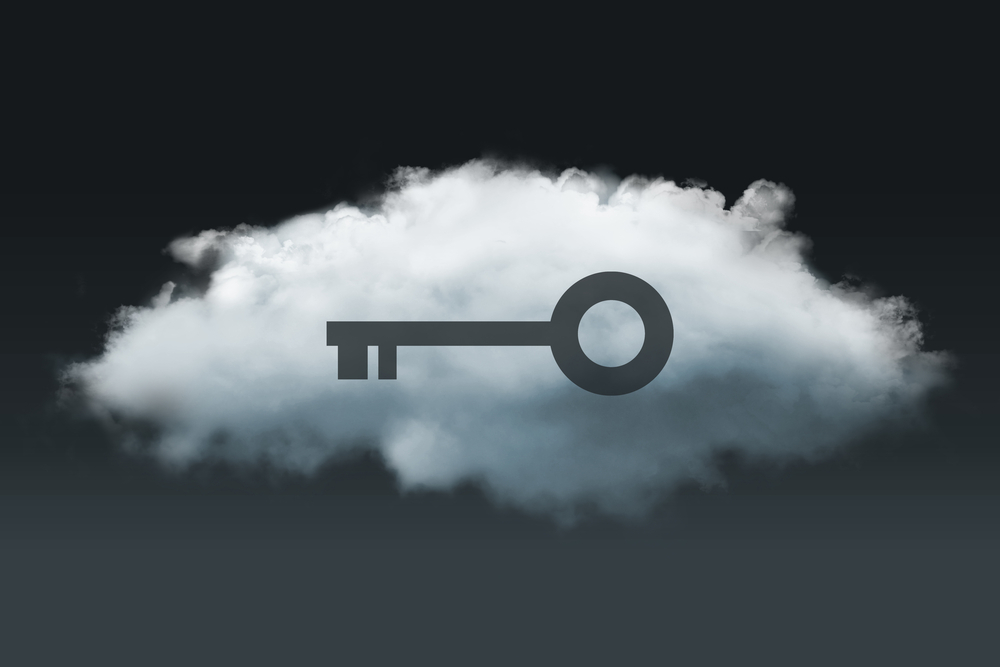 There are many advantages to the cloud, including the ability to scale computing, deployment, and storage no matter what the size of the business. However, cloud security is still an important topic for businesses and their IT professionals, both in identifying vulnerabilities and protecting against them.
There are many advantages to the cloud, including the ability to scale computing, deployment, and storage no matter what the size of the business. However, cloud security is still an important topic for businesses and their IT professionals, both in identifying vulnerabilities and protecting against them.
Security Vulnerabilities
Securing the cloud is in many ways exactly like securing traditional data centers. This means that businesses should be actively searching for any vulnerabilities, as well as ensuring that their authentication processes are up to date and comprehensive.
There is, however, one feature of the cloud that isn’t present in traditional data centers: the cloud is shared by every organization using that provider. Because of this, a compromise in one business’s system can affect every other business in that cloud. According to the non-profit Cloud Security Alliance, businesses should be using encryption and multifactor authentication, as well as considering:
- API vulnerabilities
- Compliance requirements and SLAs
- Insider threats
- Multitenancy
- Physical security
API Vulnerabilities
Application programming interfaces (APIs) are a widespread and convenient way to share data between companies, but they also come with their own vulnerabilities. The biggest threat with an API is that there could be a flaw much further down the line, at a spot where the business is unable to control it.
Fortunately, there are still security measures that businesses can take in order to protect themselves if a threat does come up the line: a combination of authentication, authorization, and identification measures that ensures control over who can access what, and what they can do with it.
Compliance and SLAs
Reading and understanding the SLA is important for all businesses, especially those in regulated industries such as healthcare and banking. The SLA comes into play when choosing a vendor; the business should ensure that their chosen vendor will adhere to all compliance requirements and should also know their own level of responsibility. This often depends on the type of service — IaaS, PaaS, or SaaS — and is especially important for organizations that need to follow mandates like HIPAA or PCI-DSS. Businesses can accomplish their due diligence by using audit trails, continuity services, record keeping, and recovery services.
Insider Threats
Insider threats aren’t necessarily malicious, but can also come from users who don’t have the correct training or knowledge base. In order to maintain integrity and cloud security, businesses must ensure that their data is encrypted, that they have their own auditing and logging systems, and that the vendor they choose has properly trained and knowledgeable workers.
Multitenancy
The cloud allows near-infinite space for data storage, but it also means that one business’s data is often stored beside the data from many other organizations. Businesses can make the choice to use a customizable dedicated server if the vendor offers that option, but for those who can’t, the answer is to apply and maintain active, aggressive security measures.
Physical Security
While the cloud isn’t a physical storage space, there is still a physical component to it in the data servers that the vendor maintains. Businesses no longer have physical access to the servers and instead need to ensure that the vendor they choose has proper security measures in place, such as access reviews, biometric locks, and video surveillance.
Cloud security is the responsibility of both the business and the service provider, but businesses can help improve the safety of their data by choosing the right vendor with the right SLA, as well as applying stringent security measures on their own end.